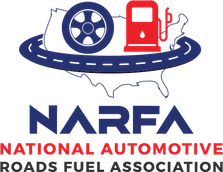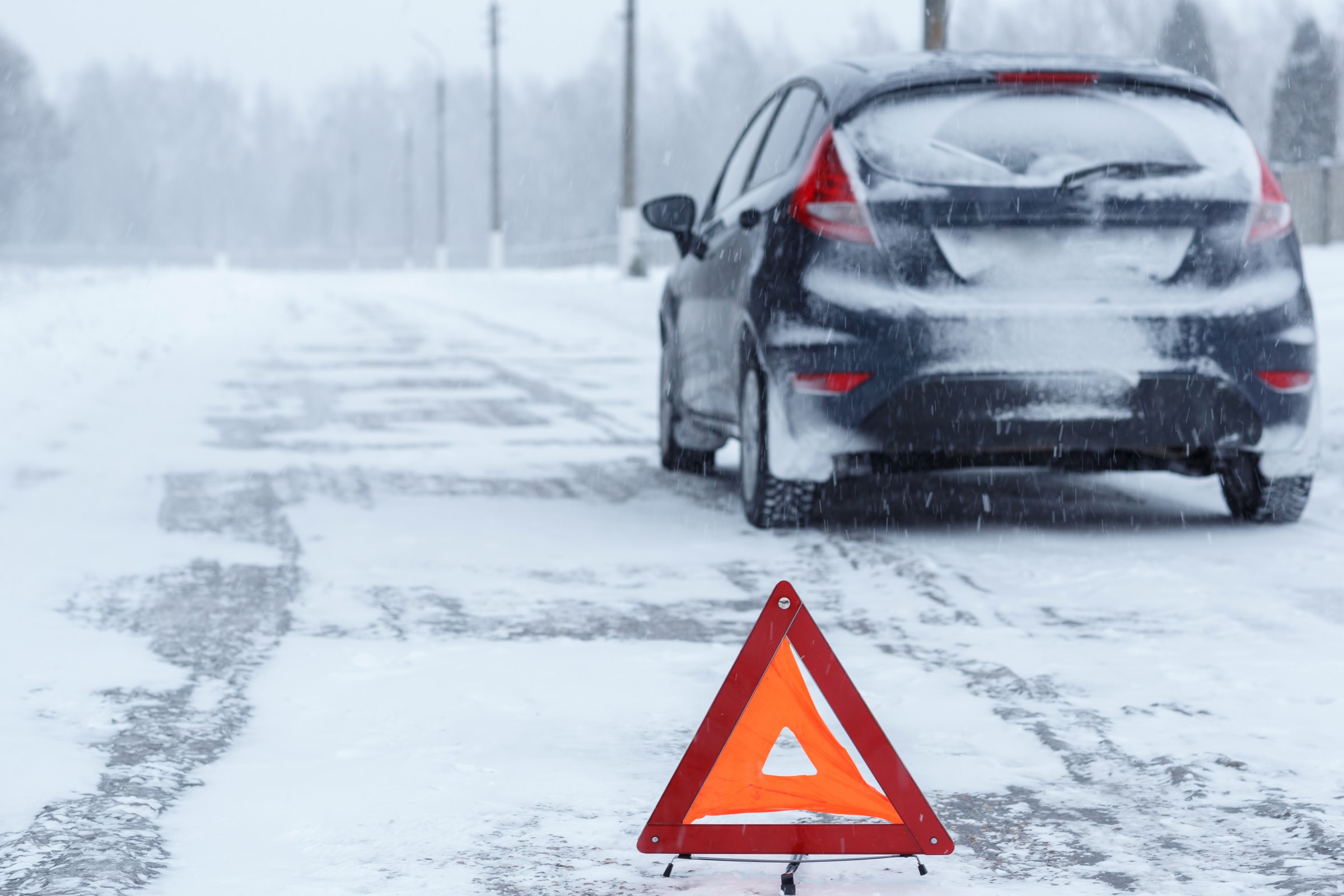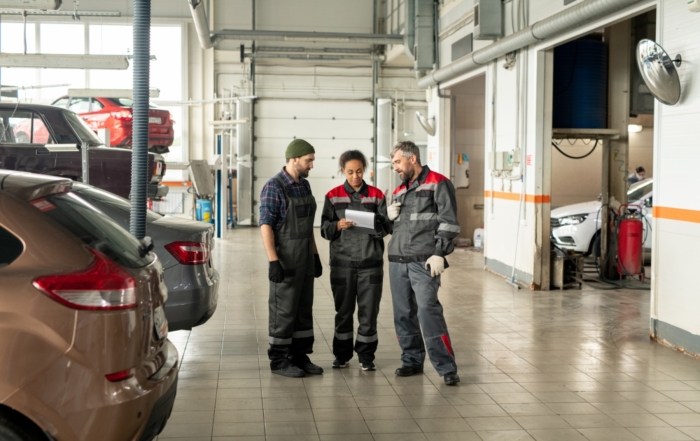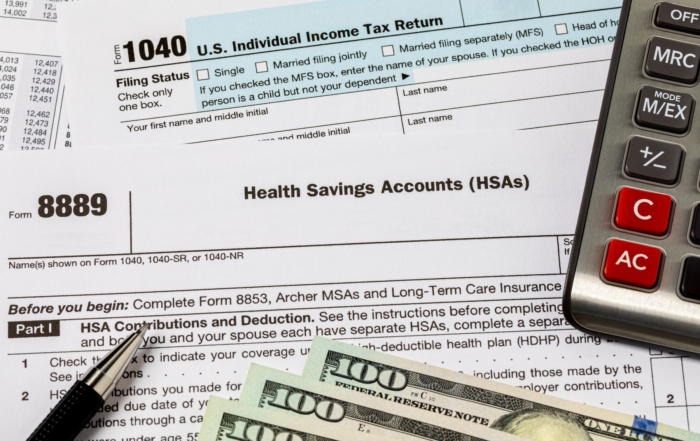In the U.S., December 2022 through January 2023 saw an increase in every type of winter claim. Driven by Winter Storm Elliot, freeze claims jumped 428%, followed by flood (+150%), collapse (+40%), and water (+26%) claims.
The Farmers’ Almanac predicts another cold, stormy, wet winter. Preparation is key to making it through the coming months free of claims.
Tips to Avoid Winter Insurance Claims
Prevent Burst or Frozen Pipes
Keep your home safe by installing an emergency pressure release valve in your plumbing system. The device protects against increased pressure caused by freezing pipes, and potentially prevents them from bursting. Additionally, know where the water shut-off valve is located. Install pipe sleeves, heat tape, or heat cables on pipes as insulation.
Most kitchen sinks face exterior walls. Protecting them with a quarter inch of newspaper can provide some insulation. When experiencing a severe temperature drop, keep a trickle of water running in a faucet to help relieve pressure in your pipes and prevent freezing and bursting.
Trim Branches and Trees
Keep trees trimmed and remove dead branches and debris from your yard. Winter weather can weaken trees and cause branches to fall and potentially injure you, your home, your car and others.
Don’t Neglect Unoccupied Homes
Unoccupied homes experience three times the amount of damage from burst pipes. If you are leaving your home for an extended time, keep the heat on. Have someone regularly visit the home to inspect for burst pipes and water leakage. If the home will be vacant for more than a few days, consider hiring a caretaker.
Winterize the Garden Hose
Remove all attached outdoor garden hoses, drain them and store them away. Shut off valves and insulate the faucet. Drain all water from supply lines for swimming pools, sprinklers, filters, fountains, and dog water stations.
Test Detectors
Residential fires are more common in winter. It is important that smoke detectors undergo regular maintenance. Check them monthly and replace batteries as needed. Consider installing a carbon monoxide detector as well.
Check Heating and Keep the Home Warm
Furnaces, boilers and chimneys should be serviced at least once a year to clear any buildup and keep them running efficiently. Install thermostats that can be controlled remotely via your cell phone. The thermostats will control the home temperature when you are away and potentially save you money on heating bills.
Set your thermostat for at least 65 degrees Fahrenheit and make sure your house or apartment is well insulated. Check attic insulation and replace it if it is no longer providing proper protection.
Clean the Gutters
Prevent ice dams by cleaning out your gutters, installing gutter guards (if feasible), and making sure the attic floor is properly insulated. If gutter guards are not feasible, install a roof de-icing cable kit. Remember, the attic itself should be well ventilated and about 10 degrees warmer than outside.
Seal the Cracks
Caulk around holes and openings to help prevent cold air from seeping in. Install weatherstripping and seals around openings such as windows, doors, air conditioners and mail chutes.
Prepare the Car
- Check your tire tread. Confirm you have enough tread on the tires to withstand icy road conditions. Replace tires with insufficient tread.
- Check the battery in the car. Cold weather shortens the life of your car battery. Have an auto professional check your battery fluid and cables before cold weather hits.
- Fill tires with air. Low air pressure in your tires creates hazardous road conditions. Check the tire pressure and fill your tires if needed, and have a professional check the tire pressure monitoring sensors.
- Get snow tires. If you live in an area that receives a substantial amount of snow, consider snow tires or purchase chains if appropriate.
- Check the heater in the car. Heat in the car is not only for comfortable travel, but may save your life in the event of an auto accident or power failure in your home.
- Change your oil and antifreeze. Continue regular maintenance on your vehicle to prevent breakdowns of your vehicle during the cold winter months.
Prevent Slips and Falls
Keep walkways and driveways clear of ice and snow by plowing, shoveling and using ice melting chemicals. Pre-apply de-icing chemicals before a storm, followed by snow/ice removal during and after the storm. Fix any problems with handrails or steps.
Integrating NARFA’s Safety Culture into Winter Preparedness
Incorporating NARFA’s safety culture, which emphasizes proactive risk management and continuous education, can greatly enhance winter preparedness. NARFA advocates for a thorough understanding of winter risks, regular training on emergency responses, and the use of comprehensive checklists to ensure all aspects of winter safety are covered. This approach not only prepares individuals and communities for the challenges of winter weather but also fosters a culture of safety and vigilance that can significantly mitigate the impact of winter-related hazards.
Recent Posts
Multi-State Business Operations: Insurance and Compliance Strategies for Growing New Hampshire Auto Companies
Picture a successful New Hampshire automotive dealership that starts with a single location in Manchester. Over time, they expand their service territory, hire employees who [...]
Revolutionary HSA Changes in the 2025 Budget Bill: Your Complete Guide to Expanded Benefits
Introduction: A Game-Changer for Healthcare Financial Planning The 2025 federal budget reconciliation bill, recently passed by the House, introduces the most significant expansions to Health [...]
When Your Health Insurance Network Collapses: Protecting Your Business from Provider Network Disruptions
The alarm bells started ringing at 6 AM on a Tuesday morning. Employees at a large automotive dealership were calling in, unable to fill prescriptions [...]




